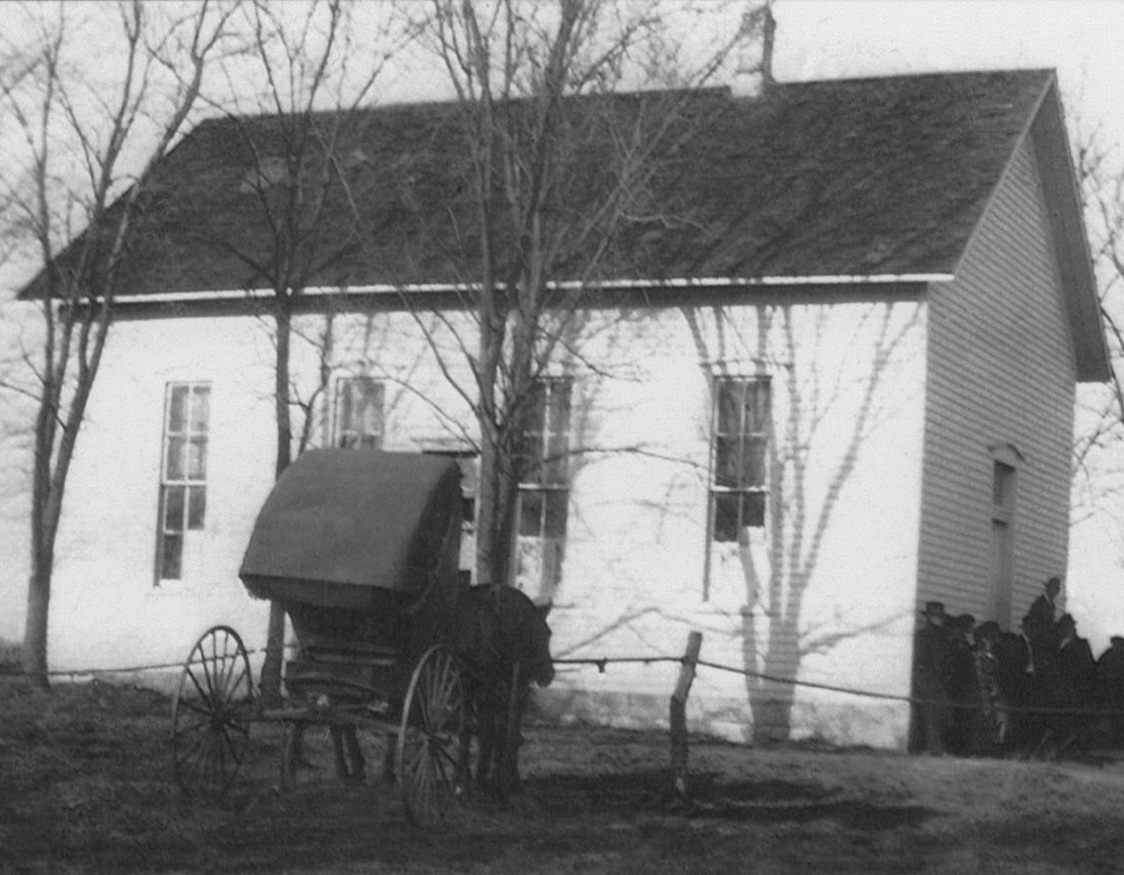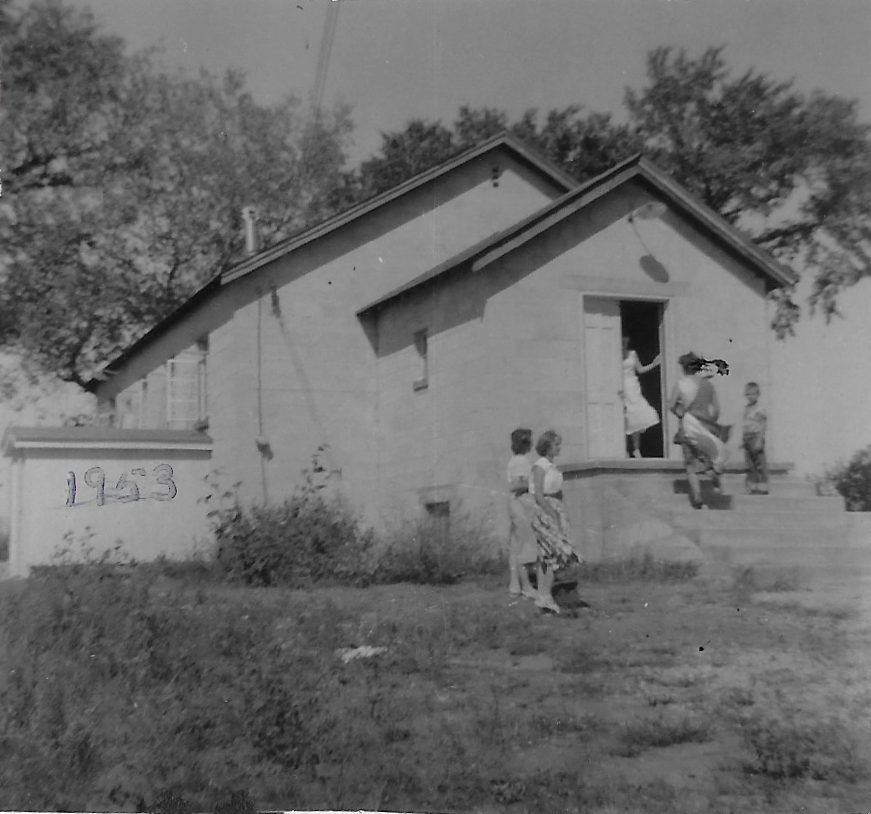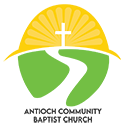Antioch Community Baptist Church
Our Story

Antioch Baptist Church was organized in the 1860s and chartered in the 1870s. It has served the community as a place of worship ever since. The exact date the Church Charter was issued and the names of its charter members are unknown because the document no longer exists.
When the Kansas-Nebraska Act was passed in 1854, thousands of settlers were drawn to the new territory and many chose to homestead in Miami County. These pioneers traveled by covered wagon and had limited space for possessions. Their inventory was basic: household items, light tools, clothing and a few books, which always included the family Bible. Families worshipped in their homes. As neighbors became acquainted with each other, they gathered for Sunday services, meeting in different farm homes and sharing the responsibility of worship leader. These early settlers, grounded in their faith, established the Antioch Baptist Church.
Our Roots
A Warranty Deed dated July 1877, documents that one acre of land, located in the southeast corner of the northeast quarter of section 27, owned by Mary E. and Eli Stringer, was sold to the Trustees of the Antioch Church edifice for $25. The trustees named on the deed were A. W. Kent, J. L. Bibers, G. O. Reece, John Everett and C. Pulley. Neighbors working together constructed the Antioch Church building. This white clap-board structure was made of lumber from a grove of oak trees donated by J. L. Bibers.
The church did not always have a full-time pastor, so when revivals were held it was a huge event. People came from miles around to hear the preaching. There was not enough room inside the building to accommodate the crowd, so many sat in their wagons or buggies parked near the windows to hear God’s Word.
Antioch was a farming community, and the well-being of families depended on successful harvests. Farmers experienced more than a decade of agricultural difficulties beginning in 1874 with a plague of grasshoppers which devoured pastures and crops. This was followed by several years of drought. The grasshopper/drought combination made it impossible for many families to survive financially, so they left their homesteads. The 1882 Minutes of the Miami Baptist Association state, “Antioch—not in a prosperous condition. No Sunday school reported. Preaching one-fourth of the time”.

Ups and Downs
Records authenticate that Rev. Plowman, L. W. Lowther, L. B. Senter and Samuel Ramey pastored the early church. During the 1880s, Antioch grew and prospered. The church, school, cemetery, general store and blacksmith shop met the needs of the people. The Antioch School District, organized in 1862 as a three-month subscription school officially became Antioch School District 11 in 1881. The church and the school became the backbone of the community.
Minutes from the Miami Baptist Association from 1900 to 1944 state that J. C. Powell, J. A. Beltz, Ray Crawford, W. M. Hewlett, and D. C. Spring served as pastors of the church. The same minutes also document that membership had dwindled and that Sunday school and church were held only in the summer when a pastor was available. In 1944, the church closed its doors.
New Beginnings
Reopening
Growth
Expansion

Interim Period

2nd Expansion
2nd Closing
2nd Reopening
Rebirth

